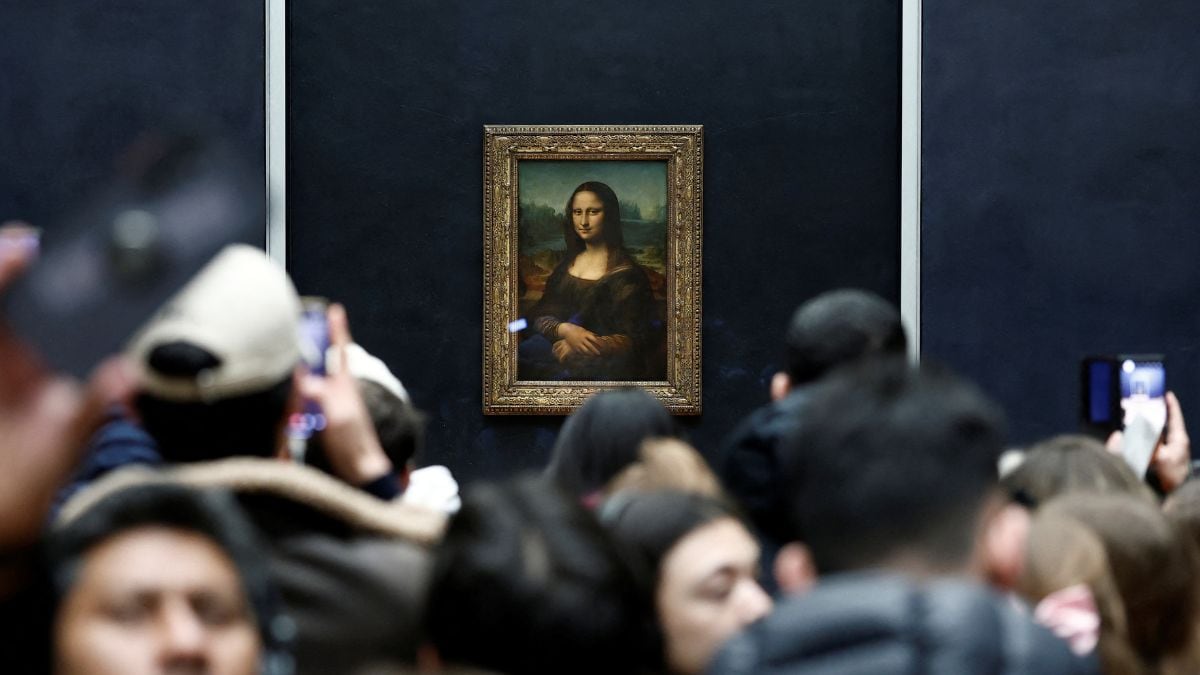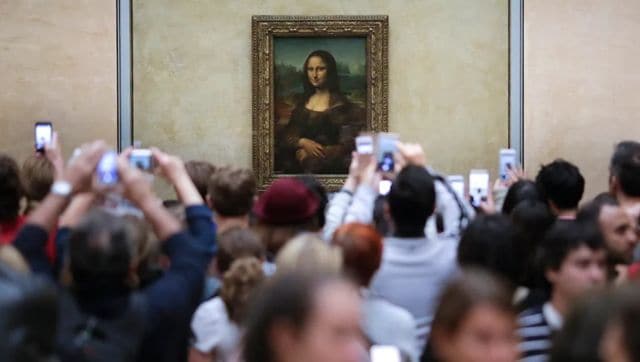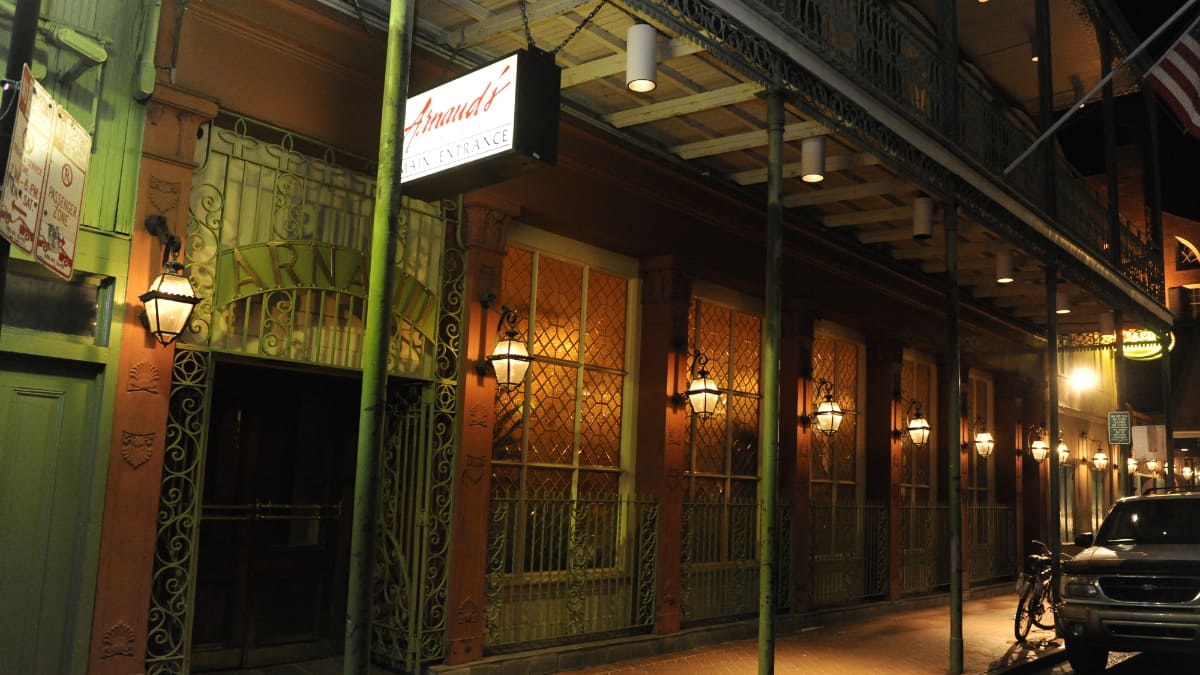History Today: When the Mona Lisa vanished and shocked the art world
On August 21, 1911, the world’s most famous painting — the Mona Lisa — was stolen from the Louvre. The heist transformed Leonardo da Vinci’s portrait into an icon of modern culture

As part of Firstpost’s History Today series, we take a look at August 21 which has witnessed some of the most dramatic and defining moments in world history.
In 1911, the art world was shaken when Leonardo da Vinci’s Mona Lisa mysteriously vanished from the Louvre in Paris, only to be recovered years later.
On this day in 1980, the animal rights movement gained a major voice with the incorporation of People for the Ethical Treatment of Animals (Peta).
STORY CONTINUES BELOW THIS AD
August 21 also marks Latvia’s declaration of independence from the Soviet Union in 1991, and in 1959, Hawaii formally became the 50th US state.
The theft of the Mona Lisa
On the morning of August 21, 1911, Paris awoke to what would become one of the most sensational art crimes in history: the theft of Leonardo da Vinci’s Mona Lisa from the Louvre Museum.
What unfolded that day would elevate the painting from an admired Renaissance portrait to the most famous artwork in the world, shrouded in mystery and myth.
More from Explainers
)
)
The Mona Lisa, painted by Leonardo da Vinci between 1503 and 1506 (with later revisions continuing until about 1517), was already valued as an exquisite masterpiece.
Yet before its theft, it did not enjoy the near-mythical status it holds today.
Thousands of works were displayed in the Louvre, and while da Vinci’s enigmatic lady was admired, it did not draw the obsessive crowds that now surround it. The 1911 theft, ironically, transformed the Mona Lisa into the cultural icon it is today.
The crime was carried out by Vincenzo Peruggia, an Italian handyman who had worked at the Louvre and knew its layout intimately.
On the day of the theft, which was a Monday when the museum was closed for cleaning and maintenance, Peruggia entered the Louvre wearing a white smock similar to those worn by museum staff.
He walked through the museum unnoticed, removed the painting from its protective case, and carried it to a service staircase. There, he removed the wooden panel from its frame and concealed it under his smock.
Astonishingly, he simply walked out of the Louvre with the world’s most famous painting tucked under his arm.
STORY CONTINUES BELOW THIS AD
The theft went undetected until the next day, when an artist visiting the Salon Carré noticed that the painting was missing.
At first, Louvre officials assumed it had been taken away for routine photography or restoration.
But soon, panic spread: the Mona Lisa had vanished.
The disappearance of the painting triggered a media frenzy. Newspapers around the world splashed the theft across their front pages. Crowds gathered outside the Louvre, demanding answers.
Police interrogated staff, searched the museum, and even questioned famous artists, including Pablo Picasso and poet Guillaume Apollinaire, though both were later cleared of suspicion.
The painting’s absence lasted more than two years, during which time speculation ran wild. Some believed it had been destroyed, others thought it had been smuggled to America.
The French public mourned the loss, while international fascination with the enigmatic smile of the missing woman grew exponentially.
The mystery was solved in December 1913, when Peruggia attempted to sell the painting to an art dealer in Florence.
STORY CONTINUES BELOW THIS AD
Claiming to be a patriot, he said he had stolen the painting to return it to Italy, arguing that da Vinci’s masterpiece belonged in its homeland rather than in France. The dealer and a museum director contacted the police, and Peruggia was arrested.
The Mona Lisa was triumphantly returned to the Louvre, where it was greeted with immense public celebration. Peruggia served a brief prison sentence in Italy and was later regarded by some Italians as a folk hero.
Ironically, the theft transformed the Mona Lisa into the most famous painting in the world. The media coverage, the international hunt, and the drama surrounding its disappearance amplified its mystique.
When the painting was recovered, it drew record crowds, and its popularity has only grown since.
Today, millions of visitors flock to the Louvre annually to see the small portrait, now protected by bulletproof glass and security measures far beyond anything imaginable in 1911.
The theft also shaped how museums approached security. The Louvre, embarrassed by the ease with which the painting had been stolen, significantly tightened its safety protocols.
STORY CONTINUES BELOW THIS AD
Museums around the globe began to rethink the protection of cultural treasures, introducing locked cases, alarm systems, and stricter staff oversight.
More broadly, the theft highlighted the power of media in creating cultural phenomena. Without the drama of 1911, the Mona Lisa might have remained one among many Renaissance masterpieces.
Instead, it became the single most recognised artwork on Earth, immortalized in popular culture, advertising, and even satire.
Part of the fascination with the Mona Lisa lies in its enigmatic qualities — the subject’s subtle smile, her mysterious gaze, and da Vinci’s mastery of sfumato, the technique of blending tones seamlessly without harsh lines.
But the theft of 1911 added another layer: the story of a masterpiece stolen in plain sight, hidden for two years, and recovered to global acclaim.
Over a century later, the theft remains a defining moment in art history.
People for the Ethical Treatment of Animals (Peta) incorporated
On this day in 1980, People for the Ethical Treatment of Animals (Peta) was officially incorporated in the United States.
Founded by Ingrid Newkirk and Alex Pacheco, Peta has since grown into the world’s largest animal rights organization, with millions of members worldwide.
STORY CONTINUES BELOW THIS AD
Peta is known for its high-profile campaigns against animal testing, factory farming, fur use, and animal entertainment industries.
The organisation’s confrontational and often controversial tactics — including celebrity endorsements, media stunts, and undercover investigations — have kept animal rights issues in the public eye.
Whether one agrees with their methods or not, Peta’s incorporation on August 21 marked a turning point in the global conversation about ethical treatment of animals.
Latvia declares independence from the Soviet Union
Another historic milestone on August 21 occurred in 1991, when Latvia declared full independence from the Soviet Union.
This came during the collapse of Soviet power following the failed August Coup in Moscow, when hardline communists attempted to overthrow Mikhail Gorbachev.
Latvia, along with its Baltic neighbors Estonia and Lithuania, had long sought independence after decades of Soviet domination.
The 1991 declaration restored the country’s sovereignty, first lost during World War II when it was annexed by the USSR.
Latvia’s independence was quickly recognised internationally, and the Baltic state joined the United Nations later that year.
Today, Latvia is a member of Nato and the European Union, firmly integrated into the Western political and economic system.
STORY CONTINUES BELOW THIS AD
Hawaii becomes the 50th US state
On August 21, 1959, Hawaii was officially admitted to the United States as its 50th state, following a popular referendum in which Hawaiians voted overwhelmingly in favour of statehood.
US President Dwight D Eisenhower signed the proclamation, completing America’s current configuration of states.
Hawaii’s admission marked the culmination of years of debate about its strategic and economic importance.
Located in the Pacific Ocean, Hawaii had been a US territory since 1898 and played a critical role during World War II, especially after the Japanese attack on Pearl Harbour in 1941.
Today, Hawaii stands as the only US state composed entirely of islands, celebrated for its diverse culture, natural beauty, and unique position as a bridge between America and the Asia-Pacific region.
Also Watch:
With inputs from agencies
What's Your Reaction?





















































